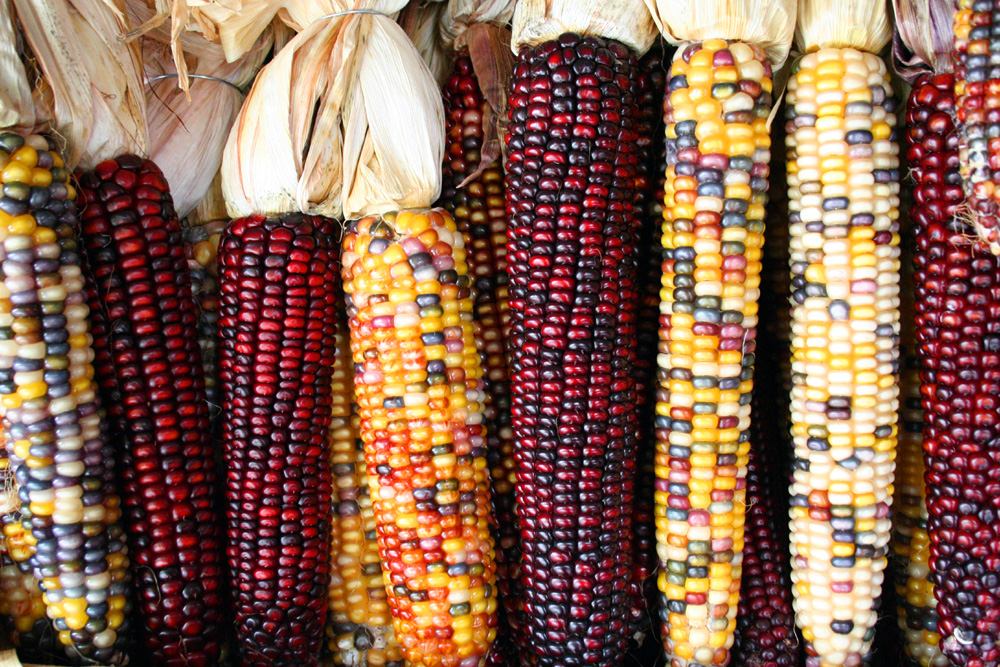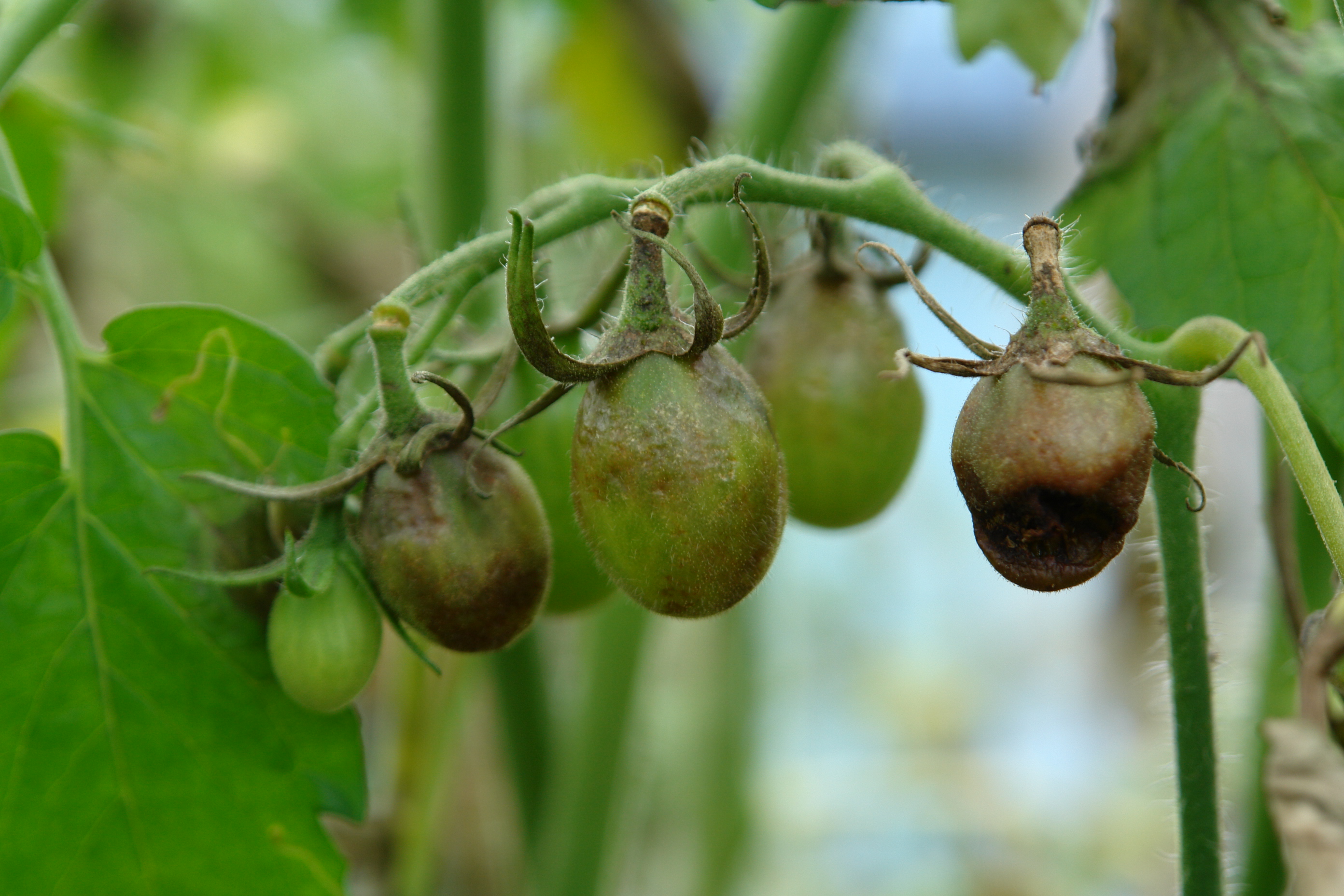Buried and frozen deep in the Arctic permafrost lies the genetic material of thousands of species, preserved in a vault designed to survive virtually any catastrophe. While it may sound more like the premise of a science fiction movie than anything real, this is not made up; this is the Svalbard Global Seed Vault.
What is a seed vault?

Seed vaults are a type of gene bank, a term that refers to all sorts of storehouses holding samples of plant (and sometimes animal) DNA. In seed vaults specifically, these samples are stored in the form of, well, seeds. The seeds of various plant species, particularly crops, are frozen and carefully protected against diseases, natural disasters, and anything else that might destroy them.
Plants can go extinct just like animals can; once their DNA is gone, the species has disappeared forever. By preserving the genetic material of different species of plants, seed vaults and other gene banks protect the diversity of plants and crops worldwide.
Why is genetic diversity important for crops?

Seed vaults are one of the cheapest ways to preserve crop diversity, but of course they still require funding and effort–so why bother?
Over time, the United States (and much of the world) is trending towards consolidation of farms and of crops. In other words, we have fewer farms but bigger ones, and on those giant commercial farms, there are fewer types of crops–think massive fields of row after row of the same species of corn, soy, etc. In the face of this consolidation, gene banks preserving the genetic diversity of crops is key to promoting food security around the world in several ways:
1) Nutritional Security

Worldwide, millions of people are malnourished. Food security is not just about ensuring that people have a sufficient quantity of food; it’s also crucial that the food people eat is healthy and nutritious. Diversity of crops directly results in diversity of diets, and diversity of diets means a wider range of vitamins and nutrients. The seeds in gene banks can be used to breed more nutritionally diverse crops, thereby making people healthier.
2) Resilience to Plant Disease

If a disease or pest can come along and destroy some crops, then genetically identical crops don’t stand a chance against the disease, either. A lack of genetic diversity among crops therefore makes the plants super vulnerable to be wiped out completely–and if a crop is vulnerable, then the people who depend on it for food are vulnerable as well.
This is what caused such a catastrophe, for example, in Ireland in the 19th century: Irish people relied heavily on eating genetically similar potatoes, so when blight struck the potatoes, they lost almost all of their primary food source and the infamous famine ensued. Maintaining stores of different types of seeds allows us to breed a large variety of crops and develop more disease-resistant plants. Additionally, those stored seeds can serve as backups in case a crop does get wiped out in the world.
3) Adaptation to Climate Change

An area’s climate dictates the type of crop that can be grown there. As climate changes across the globe, the crops typically produced in many places no longer grow as well, if at all. What’s more, the increase in extreme weather conditions also means that we need crops to be resistant to the droughts, floods, and heat waves that occur with more and more frequency and severity.
At seed vaults, professionals can grow plants to study their traits and look for desirable characteristics. New varieties can then be bred to exhibit these new and necessary traits that allow crops to adapt to the pressures of climate change.
What’s the deal with the Svalbard Vault specifically?
Many countries around the world now have gene banks, but the Svalbard Global Seed Vault in northern Norway is the motherlode. It currently holds almost 100,000 samples from around the world, with the capacity to store billions of seeds (yes, billions).
The “doomsday vault” serves as a backup because so many other seed vaults get destroyed, whether by natural disaster, human conflict, or lack of funding. Keeping seeds in one comprehensive, well-maintained location with specialized staff and the best possible facilities allows for better protection of seeds. Plus, more nations across climates and growing regions pooling their seeds together means more genetic diversity can be available to everyone.
The Svalbard Global Seed Vault’s location–deep inside a mountain on a distant island in the Arctic–is very deliberate. The remote location means that few people will disturb the seed vault, while the permafrost it’s buried within serves as a natural freezer to preserve the seeds even without human maintenance (in fact, I’m pretty sure they found Captain America in ice not too far from here).

Indestructible as it may seem, however, the security of the Svalbard Global Seed Vault is increasingly at risk. Two years ago, its entrance flooded due to unusually high temperatures and rainfall; ironically, the vault is threatened by the climate change that it is intended to safeguard against.
None of the seeds were harmed, but experts are worried nonetheless. Our climate is changing more quickly than most of us realize. Even our absolute backups, our “doomsday” reserves, are vulnerable. For now we’re okay, but let’s hope we don’t have to find out what happens when our safeguards are no longer safe.


